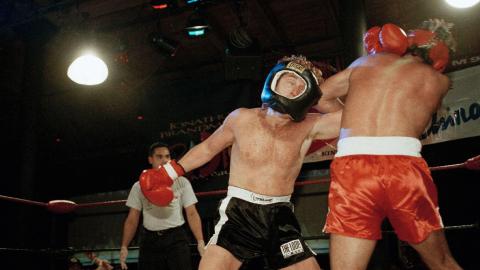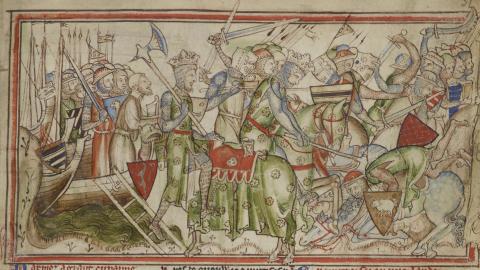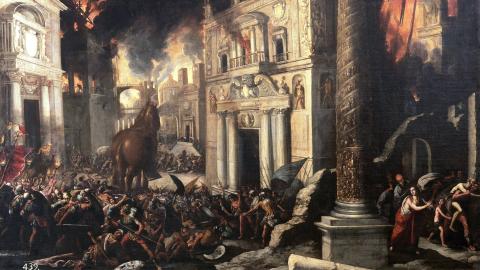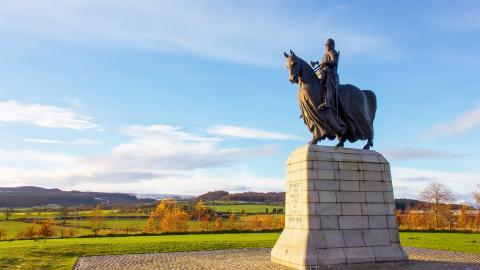Tanks in the World Wars
Discover the powerful impact the tank would play in the world wars.
As one of the unholy trinity of WW1 killing inventions – along with machine guns and militarised aircraft – tanks played a significant part in both the War to End All Wars and the next big war after that. After all, when someone finally creates a mobile armoured death machine, you don't just put it on the shelf for posterity. The tank has continued to be a major player in land operations in the twenty-first century, but it was born and raised in the world wars – a true baptism of fire.
The British Mark I tank made its battlefield debut on 15 September 1916 during the Battle of the Somme, and while they inspired fear and triumph in the Germans and the Allies, respectively, they proved to be largely unreliable in combat. Of course they were rushed from the drawing board onto the field, as such times of desperation dictate, but of the 49 tanks that were deemed combat-ready, only 32 worked well enough to make it to the front. Of those, many floundered on the uneven terrain or broke down in the middle of No Man's Land. Early tank designs also had a nasty habit of killing their occupants; the tank cabins were hellishly hot and filled with fuel fumes – a direct hit, or even just a spark, could ignite the entire crew, who then had an equally hellish time trying to escape their confines. Shell pieces, armour-piercing rounds and even rivets loosened by hits would bounce around the cabin like rubber balls, blinding anyone unlucky enough not to duck quickly, if ducking even helped. In addition to the mechanical shortcomings, such a new technology often left commanding officers unsure of the tanks' value, and in the early days gains made by tanks (largely through shock value) were swiftly recovered when the infantry failed to follow up. As the war progressed, designs were improved – even if it took almost until the end of the war to find traction equal to the Belgian mud – and the Allies deployed almost 600 tanks at Amiens on 8 August 1918. (By contrast, the Germans only had about 90 tanks in operation during 1918.) In the end, tanks did manage to make breakthroughs in the static trench system, but they simply were not advanced enough to reach their full promise as the war machines they were designed to be.
If the keyword for the tank in WW1 was 'potential', in WW2 that term would change to 'power'. Development continued during the interwar years, and as the civilian automotive industry advanced, so did tanks. The WW1 French Renault FT provided the accepted design – crew in the front, engine in the back, with a fully rotating gun or cannon turret at the top – but it was lighter than even its WW1 British counterparts, and the trend in WW2 tank design was bigger, heavier, more firepower. Conversely, they also became faster. As the designs improved, the tanks' remit widened, and they became offensive and defensive weapons as well as recovery and salvage vehicles. Some of them even had flamethrowers mounted on the top in lieu of guns. It's interesting to note that while German tank design still lagged behind their Allied counterparts, the Germans' proved tactically superior and often dominated the battlefield with their seemingly obsolete early Panzers.
From primitive 'landships' to flame-throwing thunder gods, the history of the tank in the world wars was one of uncertain beginnings to dominating influence in just 20 years. By WW2, tanks were the tactical and operational giants of the war on land, and their position has only solidified since.
Did you know?
WW2 saw the largest tank battle in history at Kursk, Russia, in 1943, in which almost 9,000 German and Russian tanks clashed.














